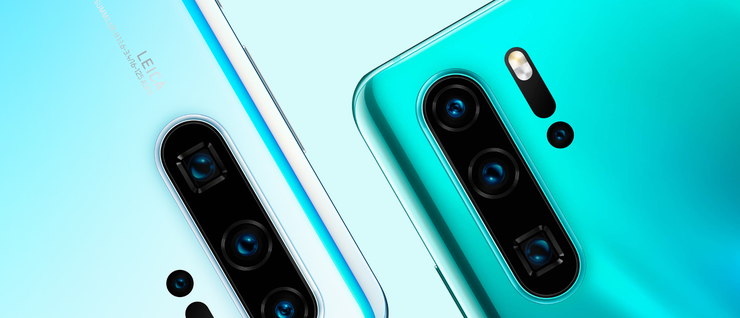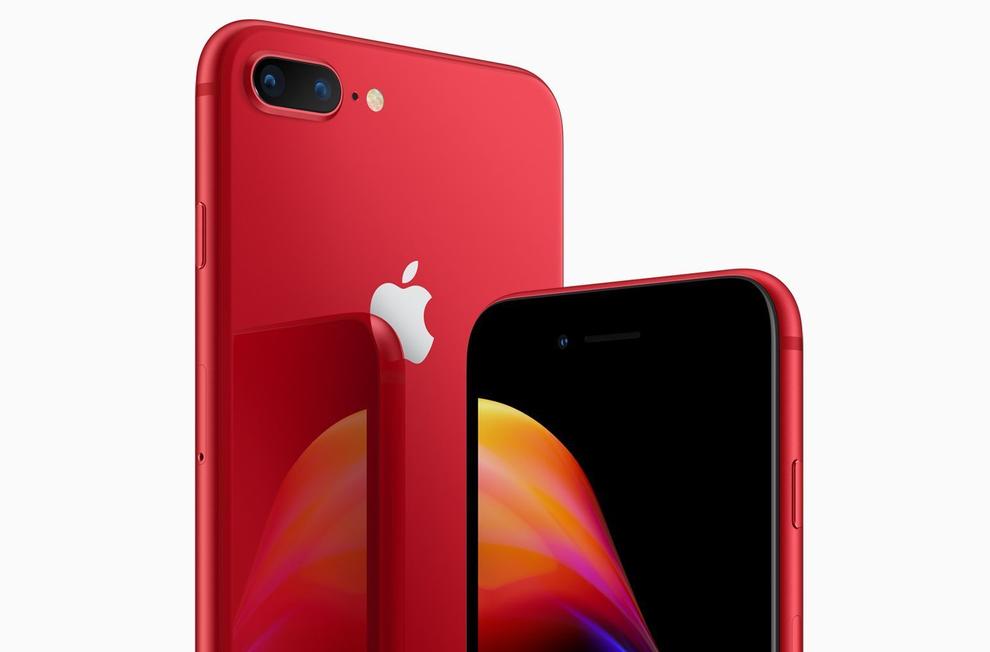 Credit: Huawei
Credit: Huawei
Recent generations of Android smartphones have embraced the idea that the more lenses on the camera, the better it is. There’s some truth to that but it’s not the whole story.
Here’s what you need to know about triple-lens, dual-lens and quad-lens cameras, whether they live up to the hype and whether or not you should take them into account before buying your next smartphone.
Lights, Camera, Action
OK. Let’s start with the basics. You’re probably familiar with the functionality of the camera on the back of your smartphone of choice. However, if you aren’t, it’s worth covering the mechanics involved before we start talking about multi-lens hardware.
At their simplest level, cameras use a sensor to capture light in the form of an image. This fundamental dynamic is identical across both full-frame and DSLR cameras and the cameras on modern smartphones and tablets.
The scale is what’s different. Where Nikon or Canon latest rely on sensors that are measured in dozens of millimeters, the sensors inside smartphones are significantly smaller. This means that the level of data and detail (in other words, light) they can capture is significantly reduced.
 Credit: Fergus Halliday | IDG
Credit: Fergus Halliday | IDG Despite these limitations, smartphone cameras have improved significantly in recent years - particularly with the arrival of multi-lens designs.
In addition, the rise of social media and platforms like Instagram have shifted the expectations of consumers about what level of image quality is considered acceptable for publication.
If you’re only publishing your photos to Snapchat, Twitter or Facebook, you probably don’t need to be shooting every shot in RAW. Under these new circumstances, it’s no surprise that amateur smartphone photographers have thrived.
Dual Lens Cameras Explained
Although dual-lens cameras were technically introduced to the smartphone market by the HTC One M8 in 2011, it was Huawei’s P9 in 2016 that arguably popularised the feature in mainstream handsets.
 Credit: Huawei
Credit: Huawei At the time, the Huawei P9 featured both an RGB sensor and a monochrome one. The idea here being that, since it doesn’t need to think about colors, the latter sensor is able to pick up a lot more detail than the former. The two pictures taken with every snap are then cleanly synthesized together to create a more accurate final image.
This dual-lens setup can also be used to produce bokeh-like effects for portrait photography, since there are two sensors at work.
While the Google Pixel was renowned for its ability to offer portrait photography using a single sensor, it is the exception rather than the rule. Most smartphone manufacturers required a second camera lens in order to reproduce the depth of field effect with any consistency.
Now, this is where things get interesting. The above isn’t the only kind of dual-lens configuration out there and not all dual-lens cameras are created equal. Where Huawei’s approach emphasized image quality, others chose to implement dual-lens cameras in pursuit of utility.
The way this was done is through the kind of lenses used. In Huawei’s case, the P9 essentially merged captured images - so it didn’t make sense for the two lenses to be different sizes or shapes.
 Credit: Apple
Credit: Apple Other manufacturers took a different approach. LG’s G5 paired up a regular sensor with a secondary wide-angle one. The idea being that by giving users the ability to easily produce new styles of photography, it would make their handset more compelling to creators.
In these kinds of camera configurations, your phone essentially has two miniature cameras on the back of it rather than one camera that synthesizes the data from two lenses.
Building on this, you arrive at the kind of dual-lens camera that quickly became the most popular. Instead of a monochrome or wide-angle lens, phones like the Apple iPhone 8 Plus relied on secondary telephoto lens.
By doing so, they managed to eke out an appealing middle ground between the above approaches. The addition of a telephoto lens made it much easier to produce accurate and professional looking portrait photography and it offered up a different style of photography than the primary lens.
Enter the P20
Where the Huawei P9 worked to make the dual-lens camera common, the Huawei P20 Pro introduced consumers to what a triple-lens camera could do.
Huawei’s triple-lens setup combined the strengths of their previous dual-lens setup and looked to address the areas where it fell short, specifically zoom. To that end, the Chinese manufacturer incorporated a 40-megapixel main sensor, a 20-megapixel monochrome sensor and an 8-megapixel telephoto sensor.
 Credit: Fergus halliday
Credit: Fergus halliday All up, the P20 was able to offer up to 5x hybrid zoom - well beyond the 2x zoom offered by dual-lens cameras of the time.
Although the P20 was the frontrunner of the smartphone photography world for some time, it didn’t take long for others to catch up. Some brands did this sooner than others. However, the question of whether consumers preferred more options to better results emerged once again.
To try and answer that question some manufacturers looked to build a different kind of triple lens camera: one that combined a regular lens, a wide-angle lens and a telephoto lens. You didn’t get the fidelity or extended zoom offered by Huawei’s P20 but you did give consumers the ability to shoot three distinct kinds of photos and video content.
It wasn’t until the arrival of smartphone cameras bearing an ultra-wide angle lens that manufacturers began to deploy devices with quad-lens cameras and beyond.
Saturation Point
If you’ve been following along, this next part will probably sound a little familiar.
Faced with the popularity of ultra-wide lenses, manufacturers faced a choice - retire one of the lenses in their existing triple-lens setups or add another lens into the mix.
Unsurprisingly, most chose the latter.
Adding to this was the emergence of time-of-flight and dedicated depth sensors. Though not usable in any sort of standalone sense, these components added to the sophistication of smartphone camera arrays and often competed with additional lenses for space.
 Credit: Motorola
Credit: Motorola Sometimes the telephoto lens got dropped from the equation. Other manufacturers chose to make the wide-angle lens into the primary one. A few have even introduced macro lenses.
As more and more quad-lens smartphone cameras enter the market, it’s becoming increasingly clear that there is no single formula for what a multi-lens camera looks like.
Triple-Lens vs Quad-Lens cameras: which do I want?
If there’s anything you should have taken away from this article, it’s that, while more lenses are usually better than less lenses, it’s best to go for the device with a lens-setup that actually favors the kind of photos or video content you want to make.
If you want a little bit of extra zoom, a triple-lens camera that includes a telephoto lens is going to be a better fit than a quad-lens device that goes all in on wide-angle photography.
At the end of the day, it’s not about how many lenses are on your phone. It’s about what you do with them.
 Credit: Adam Patrick Murray/IDG
Credit: Adam Patrick Murray/IDG 
















